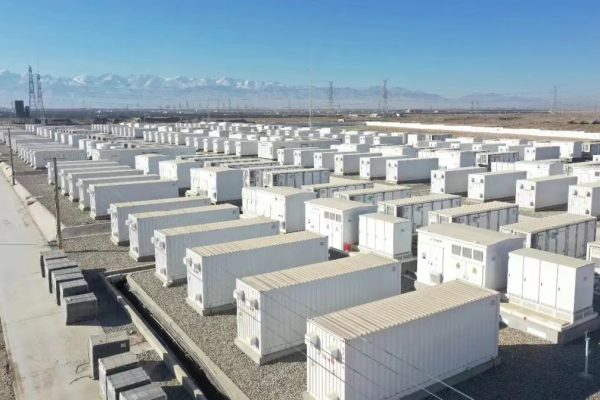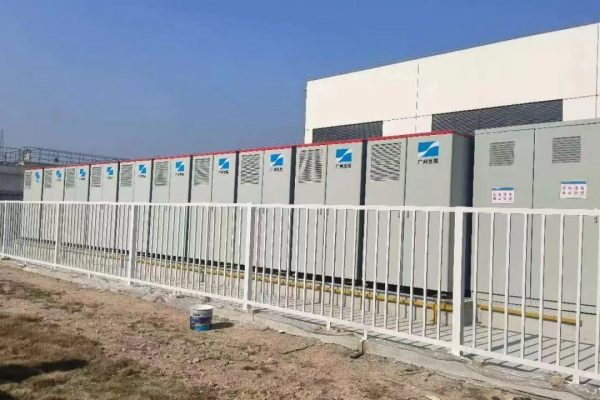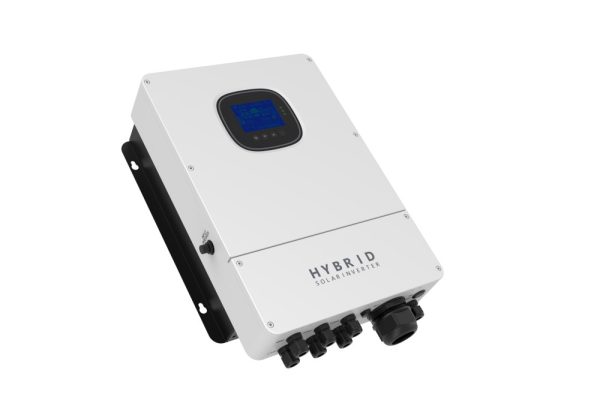In the home energy storage (ESS) market, technical terms such as DoD (Depth of Discharge) often confuse clients. Properly explaining DoD is essential because it directly affects battery performance, lifespan, and system design.
For small- and medium-sized ESS installers and exporters, being able to clearly communicate DoD benefits not only builds trust but also helps clients make informed decisions, reducing misunderstandings and support requests after installation.
1. What is Depth of Discharge (DoD)?
Depth of Discharge (DoD) refers to the percentage of a battery’s total capacity that has been used.
- Example: A 10 kWh battery that has used 6 kWh has a DoD of 60%.
- The complementary term is State of Charge (SoC): if the DoD is 60%, the remaining SoC is 40%.
Key Point: DoD is a measure of how much energy is withdrawn from the battery, not how much is left.
2. Why DoD Matters
- Battery Lifespan
- Higher DoD generally reduces cycle life.
- Example:
- LiFePO₄ battery at 80% DoD: ~6,000 cycles
- Same battery at 50% DoD: ~10,000 cycles
- Energy Availability
- A higher DoD allows more energy use per cycle but may accelerate capacity degradation.
- Warranty Considerations
- Many manufacturers specify cycle life at a certain DoD (often 80%).
- Exceeding the recommended DoD can void warranty or reduce long-term reliability.
3. How to Explain DoD to Clients
A. Use Simple Analogies
- Compare the battery to a water tank:
- Full tank = 100% SoC
- Amount of water used = DoD
- Drawing too much water (high DoD) too often can wear out the tank faster.
B. Provide Practical Examples
- Example: A 10 kWh battery supplying daily consumption of 6 kWh:
- DoD = 60%
- The battery will last longer than if used at 90% DoD each day.
C. Show the Trade-Offs
| DoD (%) | Usable Energy (kWh) | Estimated Cycle Life | Notes |
|---|---|---|---|
| 50% | 5 | 10,000 cycles | Longest lifespan |
| 80% | 8 | 6,000 cycles | Balanced usage |
| 90% | 9 | 4,500 cycles | Shorter lifespan, more energy per day |
Tip: Explain that higher DoD increases immediate usable energy but may reduce overall battery lifespan.
D. Emphasize Real-World Impacts
- For most residential ESS users, using 50–80% DoD provides a balance between usable energy and longevity.
- Encourage clients to consider daily load patterns and future energy needs when deciding how aggressively to use their battery.
4. Why Clients Often Misunderstand DoD
- Marketing Misinterpretations
- Some advertisements highlight high cycle life but do not mention the DoD conditions.
- Confusion with Battery Capacity
- Clients may think a 10 kWh battery provides full 10 kWh every day, ignoring the impact of DoD on cycle life.
- Lack of Technical Background
- Many homeowners are not familiar with battery engineering terms.
Installer Tip: Keep explanations visual, numeric, and analogy-driven.
5. DoD in System Design
- Battery Sizing
- Knowing DoD allows accurate calculation of usable energy.
- Formula: Usable Energy (kWh) = Battery Capacity × DoD
- BMS Settings
- Battery Management Systems can limit maximum DoD to extend cycle life.
- Example: Setting max DoD at 80% ensures clients get long-lasting performance.
- Integration with Solar Panels or Grid
- DoD determines how much energy can be stored and dispatched daily.
- High DoD might reduce battery lifespan in areas with high solar generation.
6. Tips for Explaining DoD Effectively
- Use Visual Tools
- Diagrams showing SoC vs. DoD over time
- Battery charge/discharge curves
- Provide Written Guidelines
- Include a simple table in the user manual
- Highlight recommended DoD for optimal balance of energy and lifespan
- Tailor to the Client’s Usage
- Discuss daily consumption, backup requirements, and peak load
- Recommend personalized DoD limits
- Combine with Warranty Explanation
- Make it clear that exceeding recommended DoD can impact warranty coverage
7. Benefits of Clear DoD Explanation
- Reduces post-installation complaints
- Builds trust with clients
- Helps clients optimize battery usage for energy savings and longer life
- Supports export and trade discussions, especially for international buyers familiar with DoD-based cycle life standards
Depth of Discharge (DoD) is a critical concept for understanding battery performance and lifespan. Explaining it clearly to clients:
- Helps them use their battery safely
- Maximizes system efficiency and longevity
- Ensures expectations align with warranty terms
For installers and exporters of home ESS, mastering DoD explanations enhances customer satisfaction, technical credibility, and long-term client trust.









